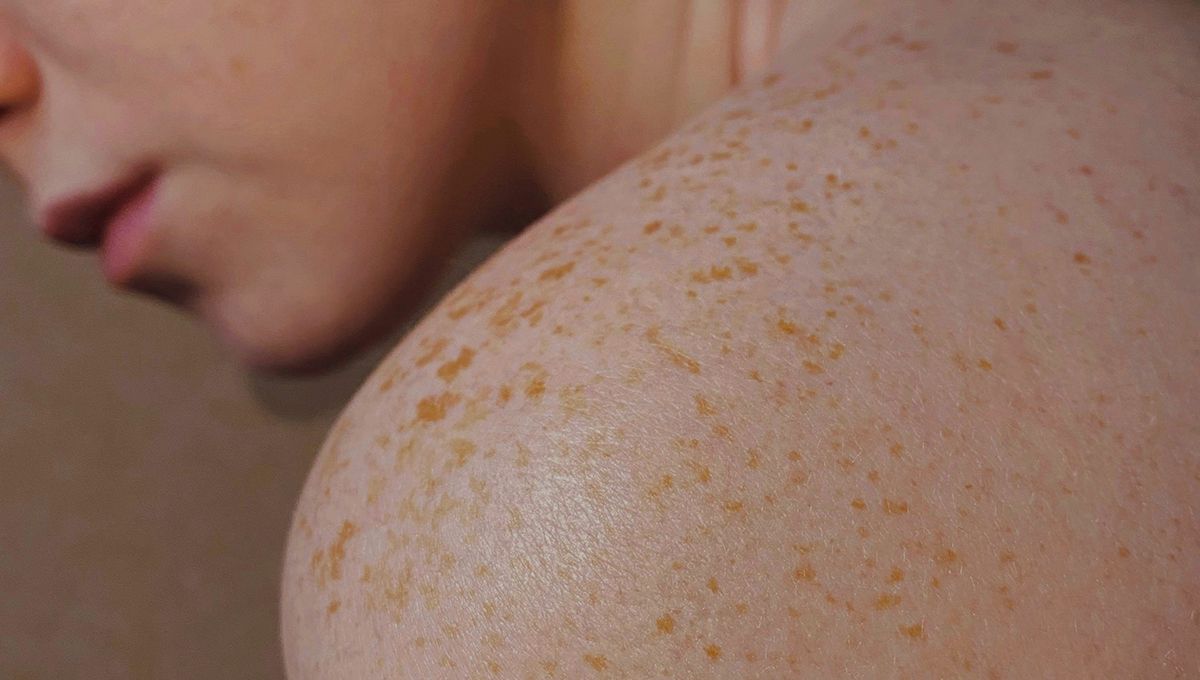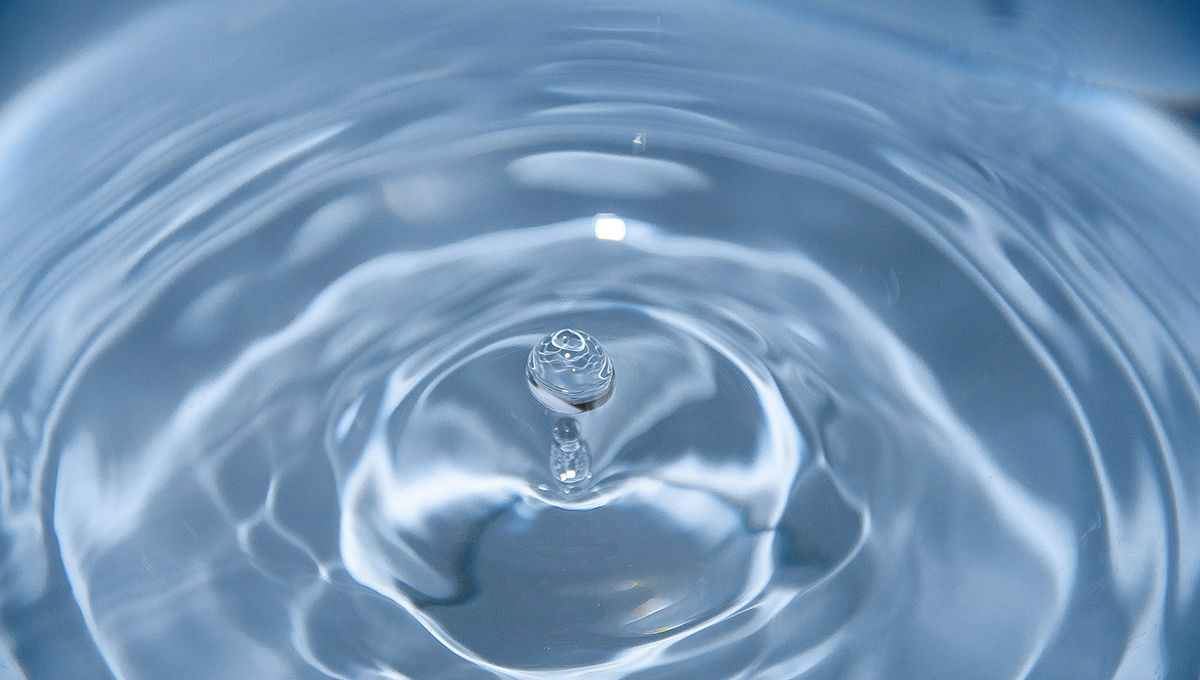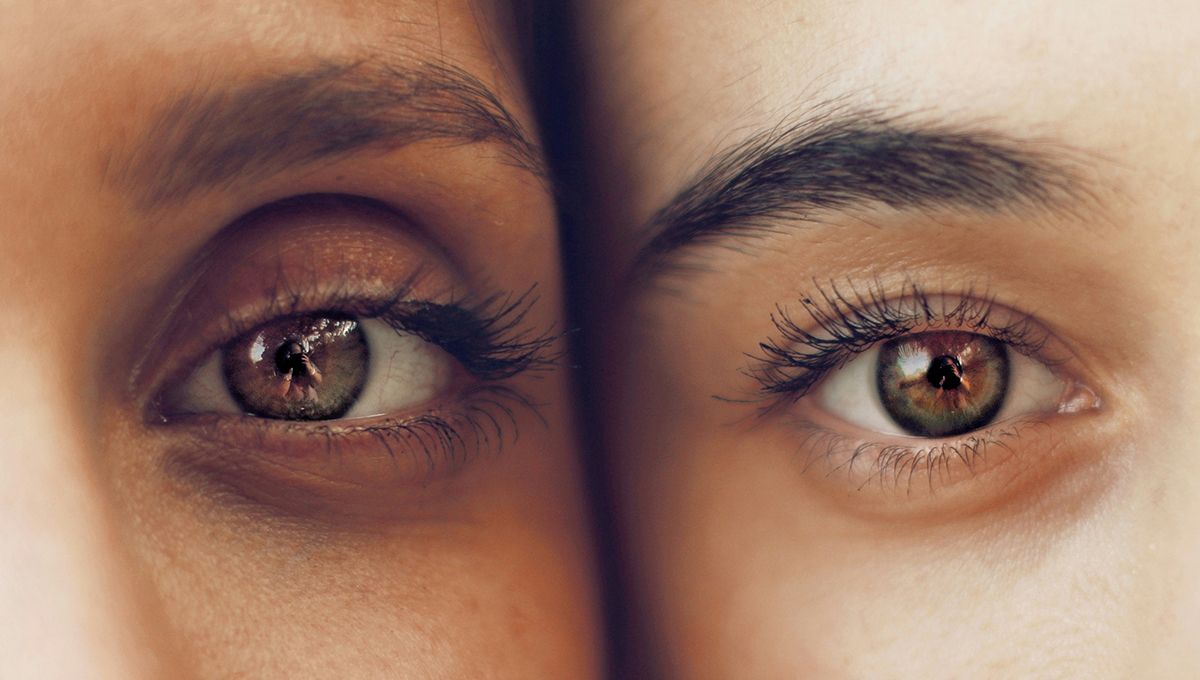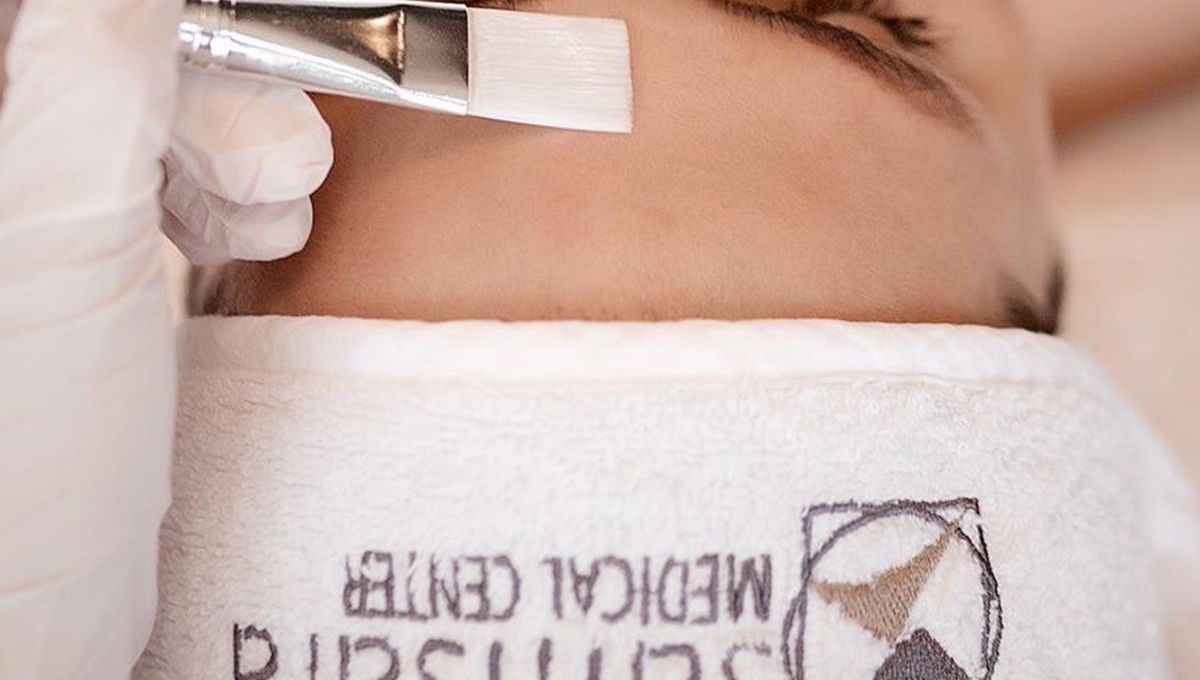
PRP: biostimulation treatment
Skin rejuvenation and more
PRP (= platelet-rich plasma) is a product derived from the patient's own blood, characterised by a high concentration of growth factors. Being able to stimulate and facilitate tissue regeneration, it is used in various medical fields including dermatology and aesthetic medicine.
How is it achieved?
A normal patient's blood sample is taken; the blood thus drawn is subjected to centrifugation in order to obtain the separation of the plasma (transparent yellowish liquid) from the cells (denser red part). After centrifugation, the contents of the vial will be divided into three layers, i.e. the cells at the bottom (red and white blood cells), the separating gel in the middle and the plasma with the platelets at the top. Only this superficial part will be taken from the vial, to be injected as it is directly into the patient's area to be treated.
What does the treatment consist of?
Generally, PRP is administered through a series of small superficial injections. It is a quick and minimally invasive treatment that allows normal activities to be resumed immediately. It involves a course of several sessions in order to induce and maintain significant stimulation.
There is no danger of complications or allergies as it is autologous biological material (i.e. obtained from the patient's own blood).
In some cases, PRP can be used in combination with hyaluronic acid and/or vitamins to amplify biostimulation and thus its regenerative effects on tissue.
Which areas of the body are treated?
The areas that can achieve the greatest effect are the face, décolleté and hands, but excellent results are also obtained in the treatment of baldness and thinning hair.
It is important to emphasise that PRP treatment is a biostimulation (and not a wrinkle filler like filler!) so it is used to improve the quality of the skin to make it toned, glowing and hydrated, not to eliminate wrinkles.
Remember that PRP is particularly useful, not only in aesthetic medicine for skin rejuvenation and in trichology for various cases of alopecia and baldness, but also in dermatology for the treatment of wounds and skin ulcers, burns and scars.









